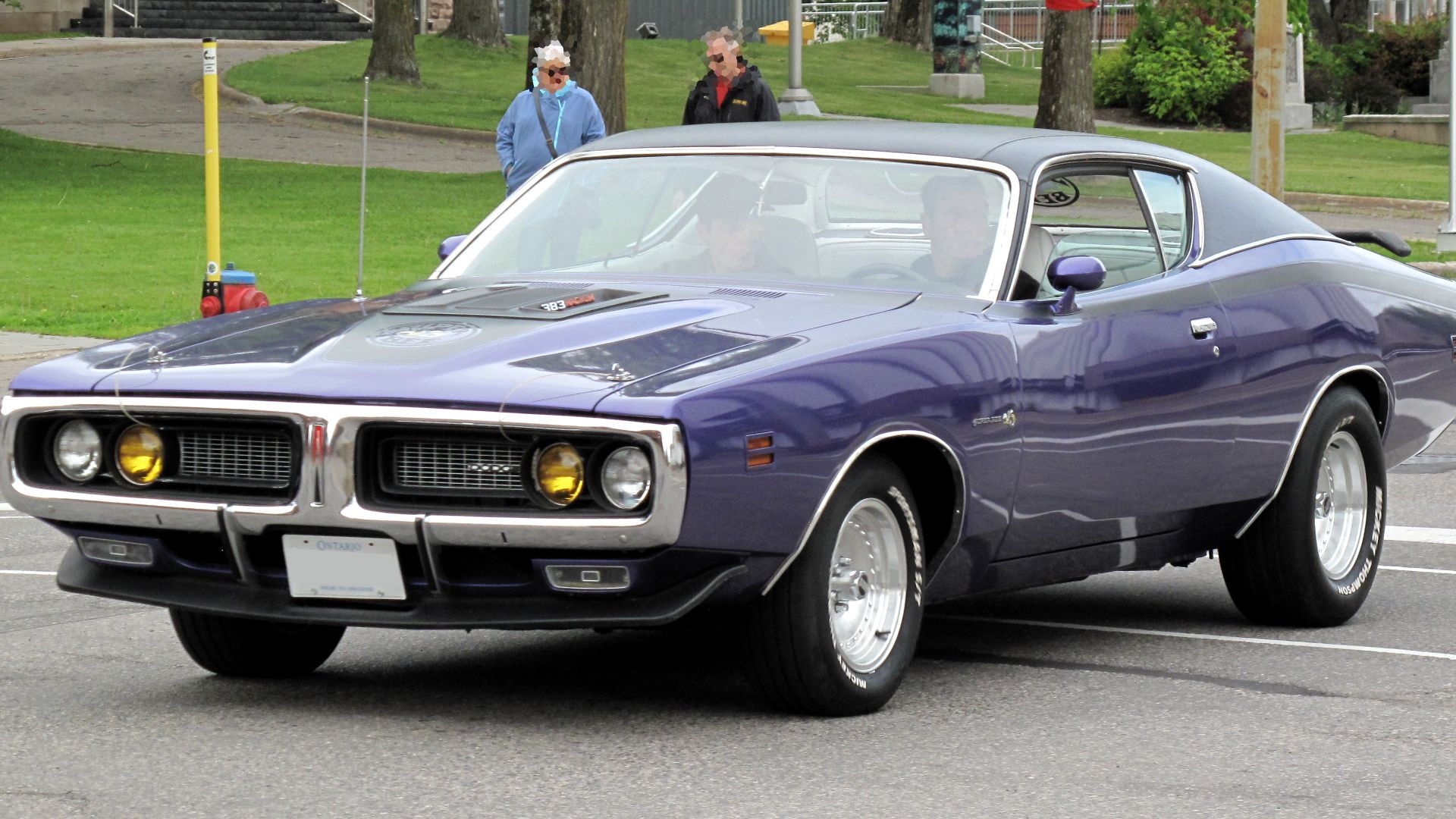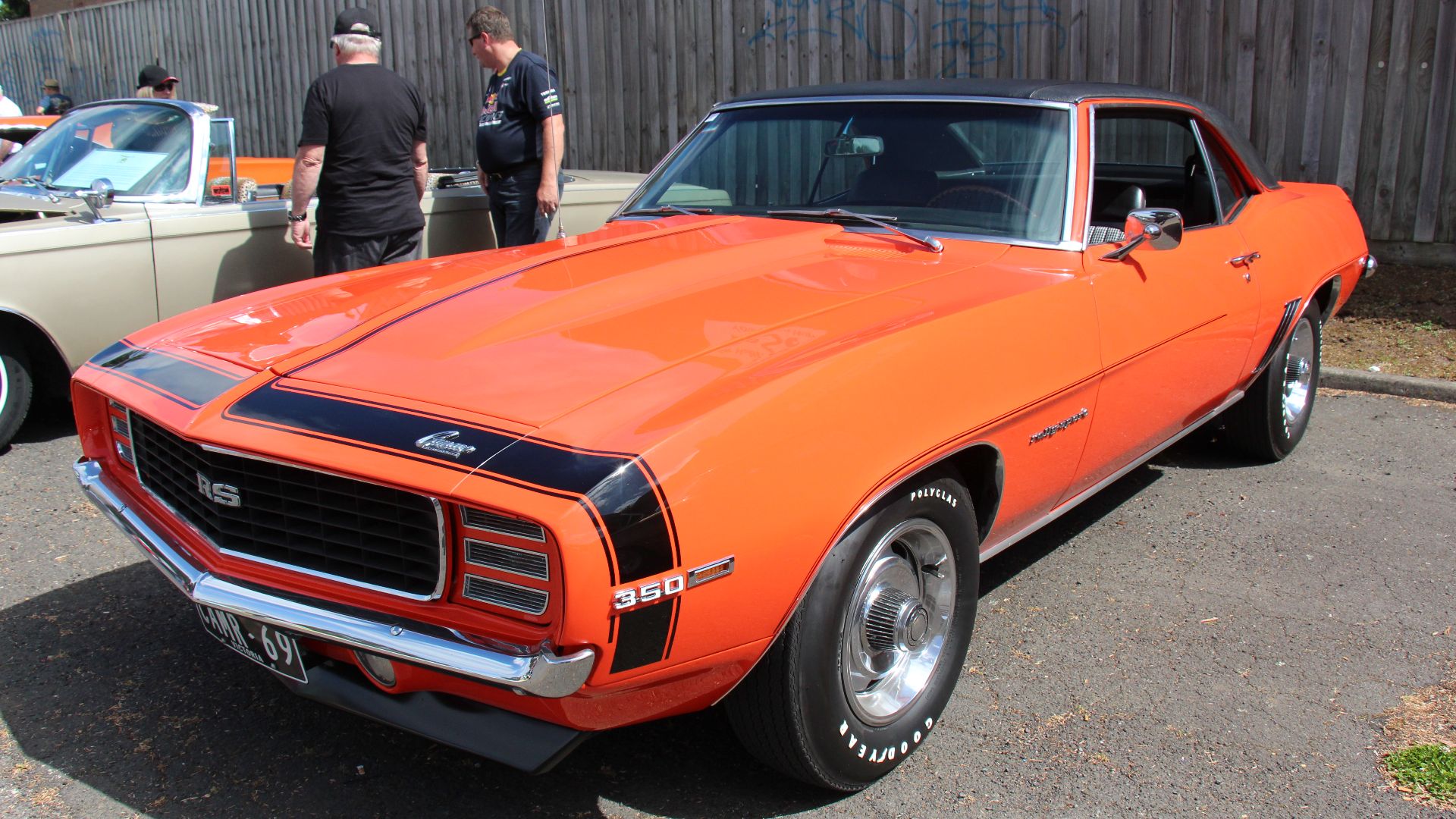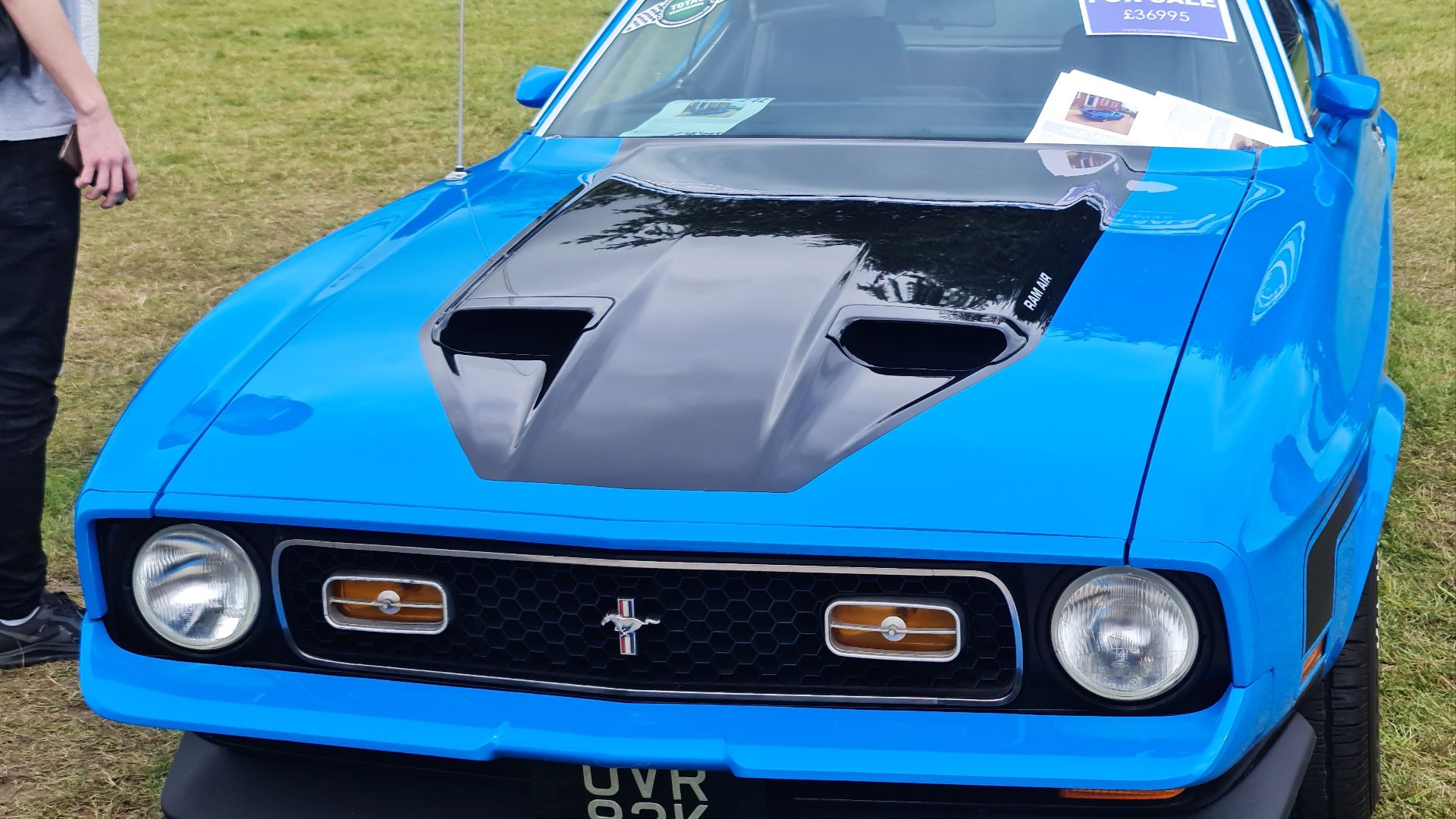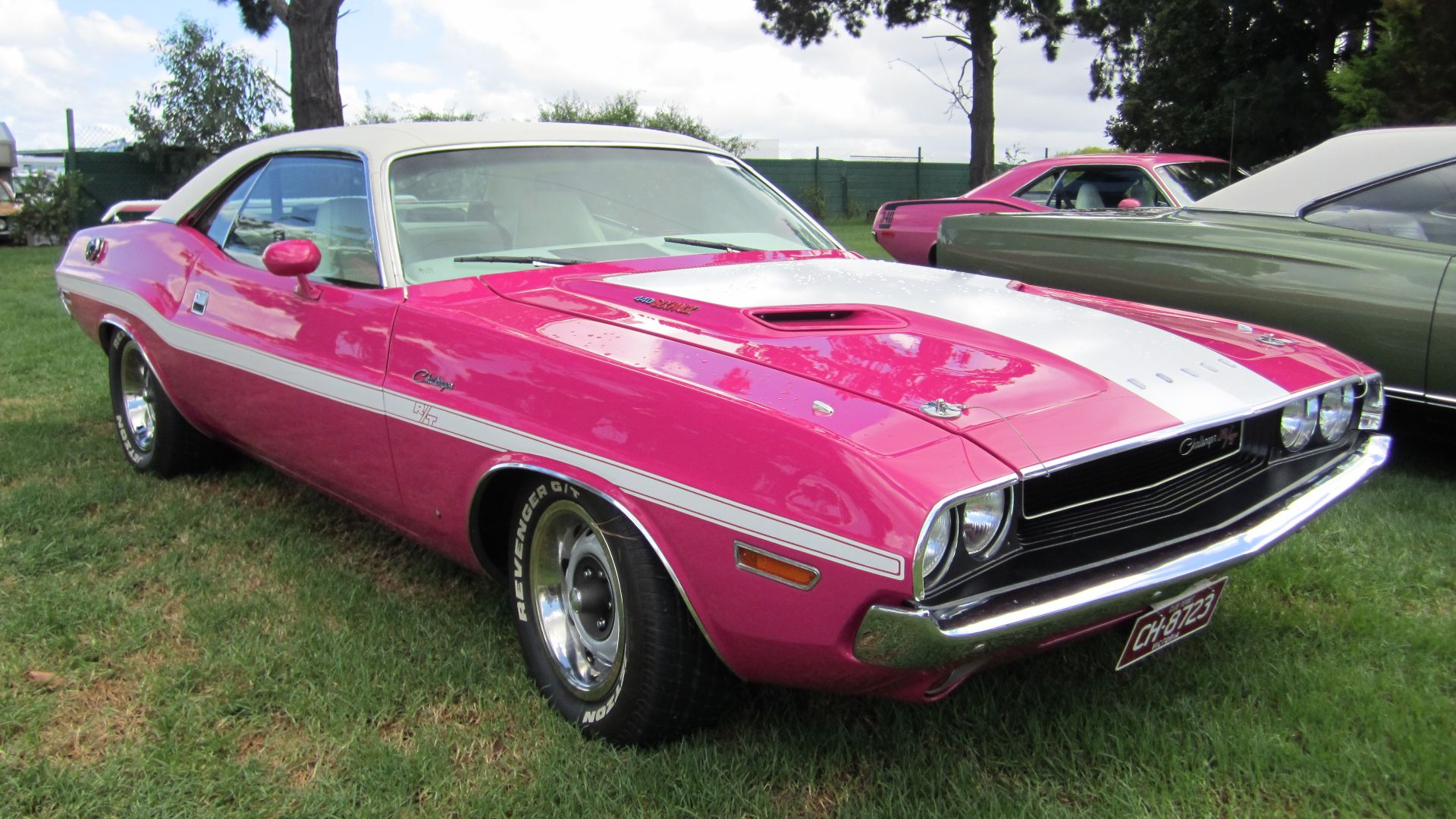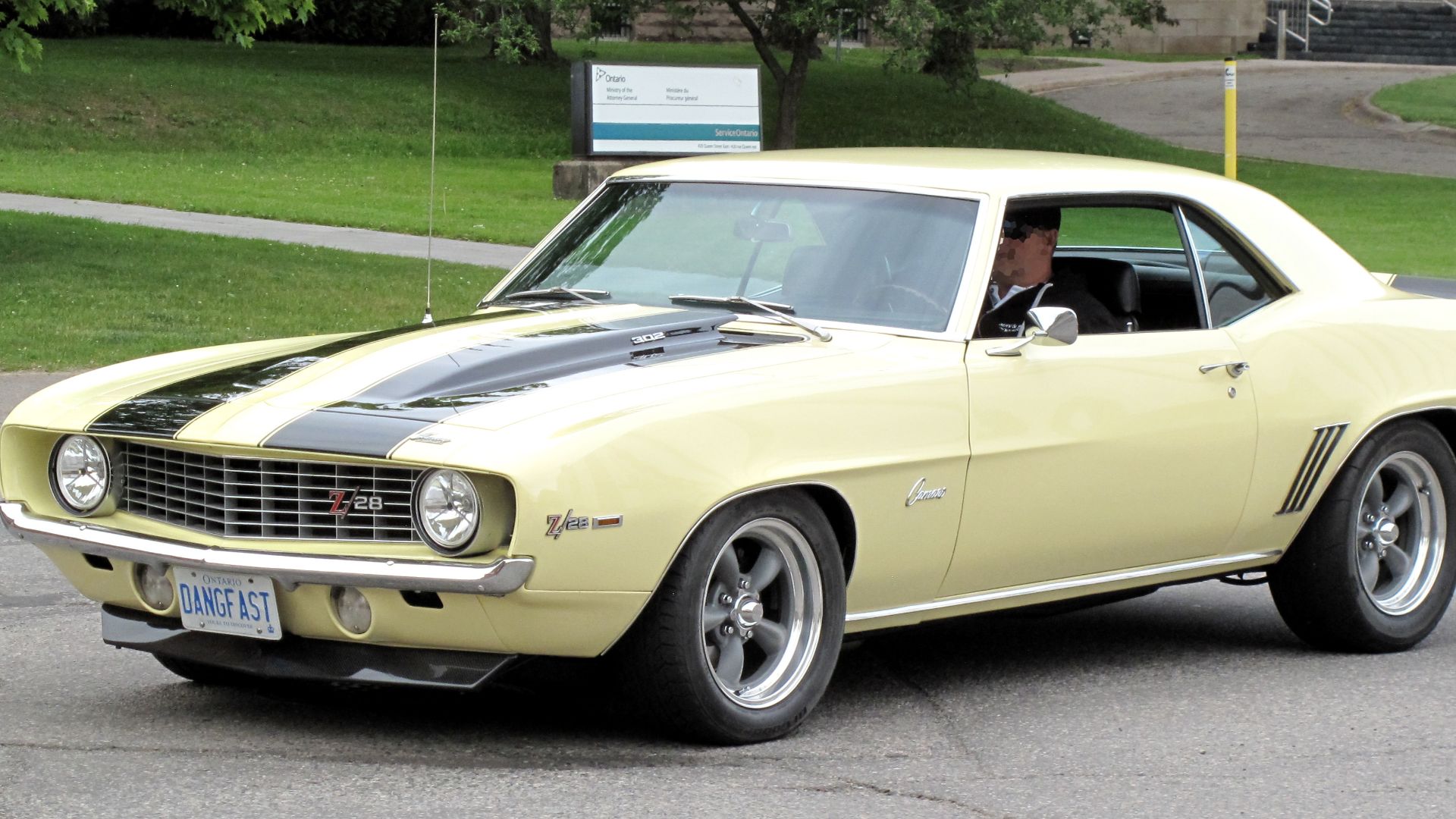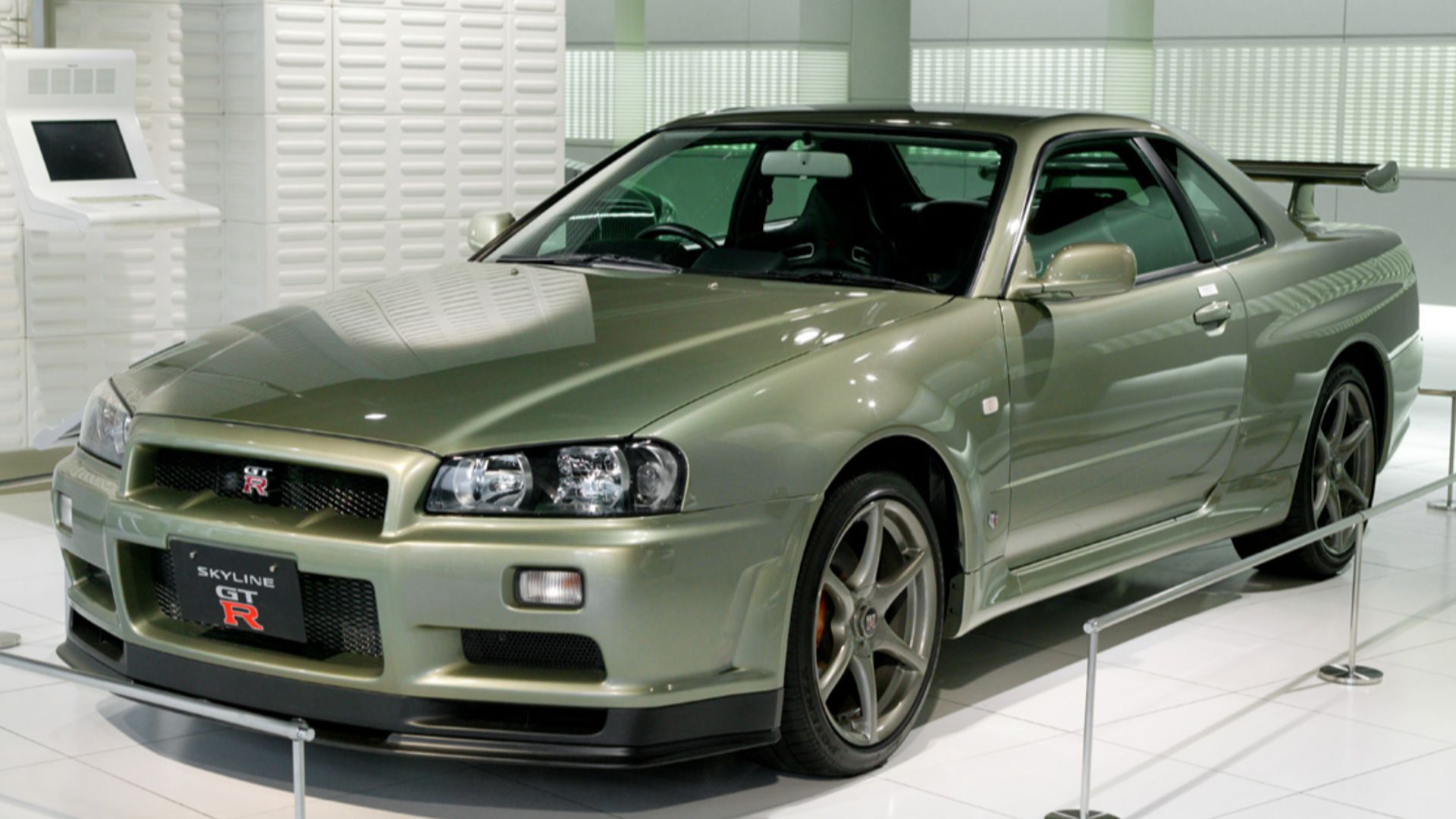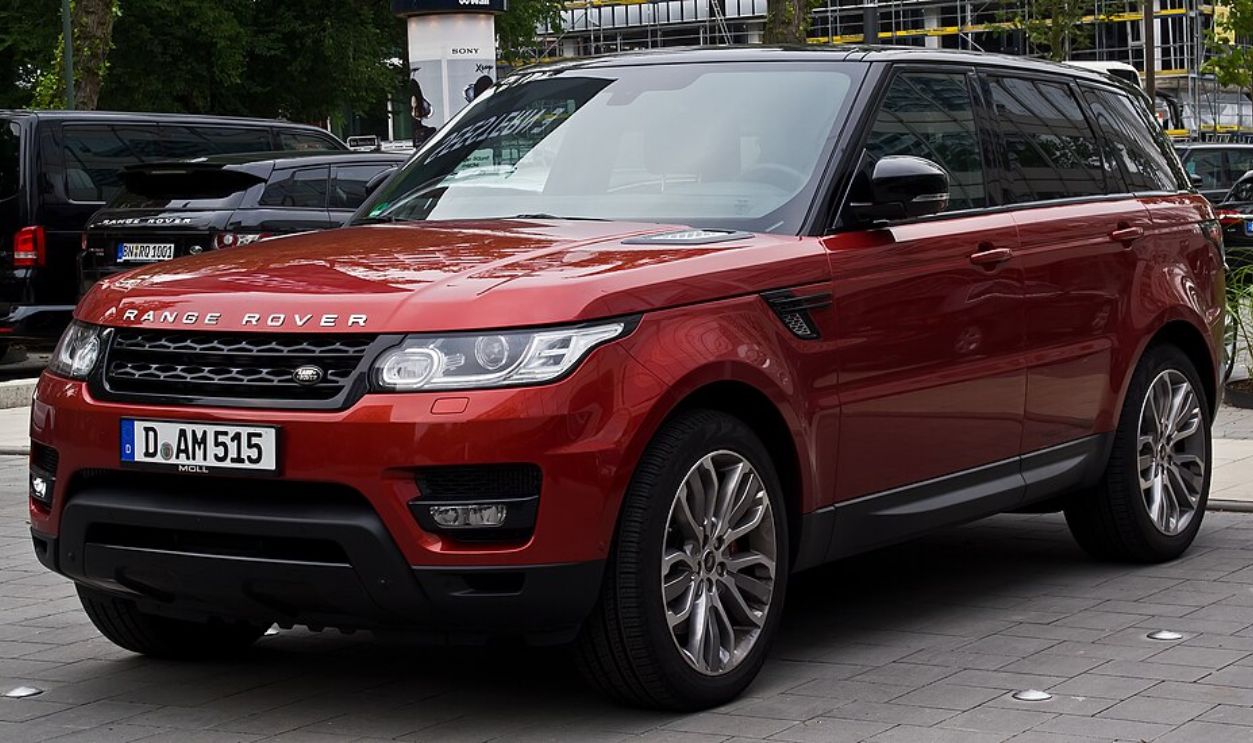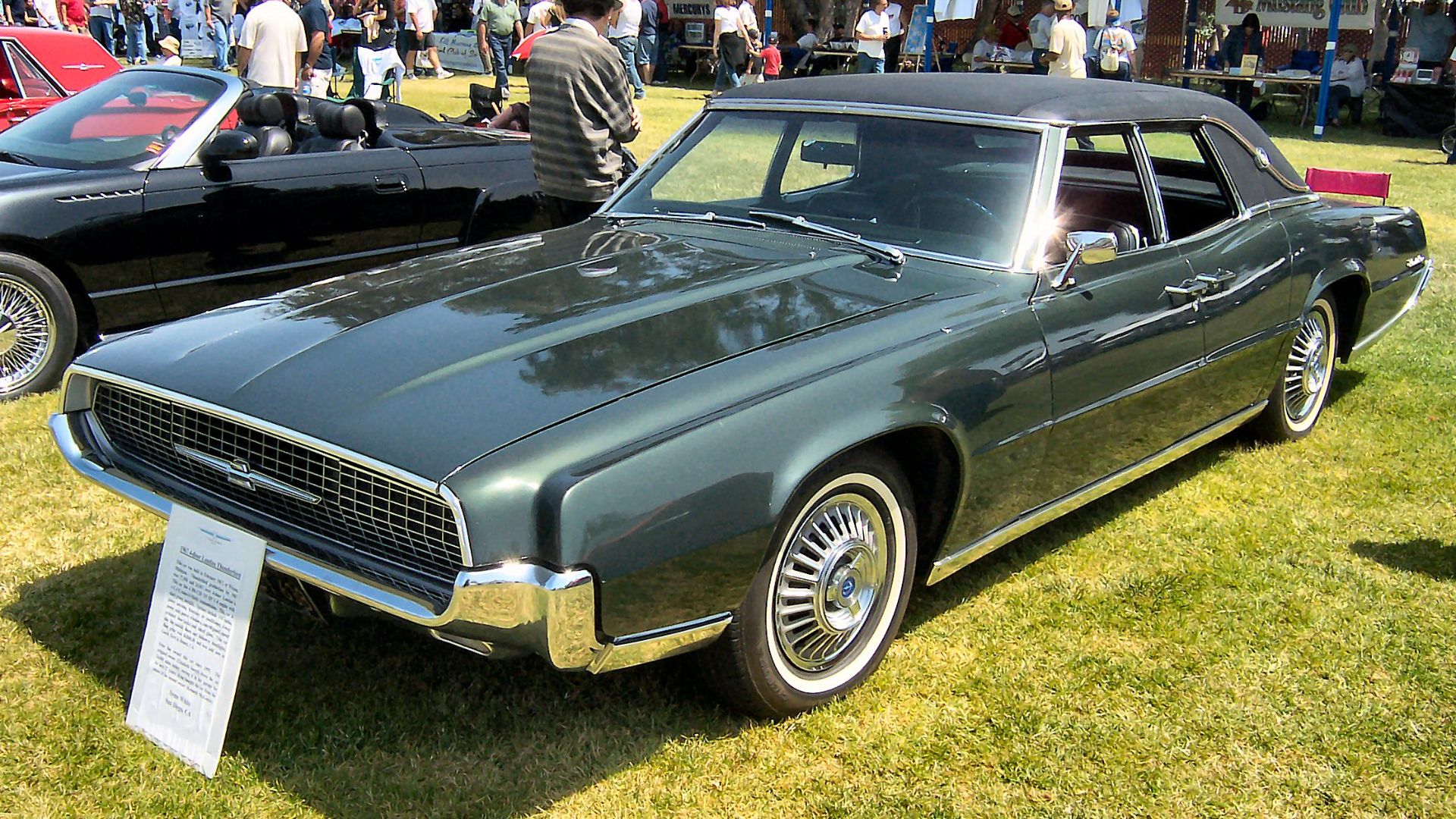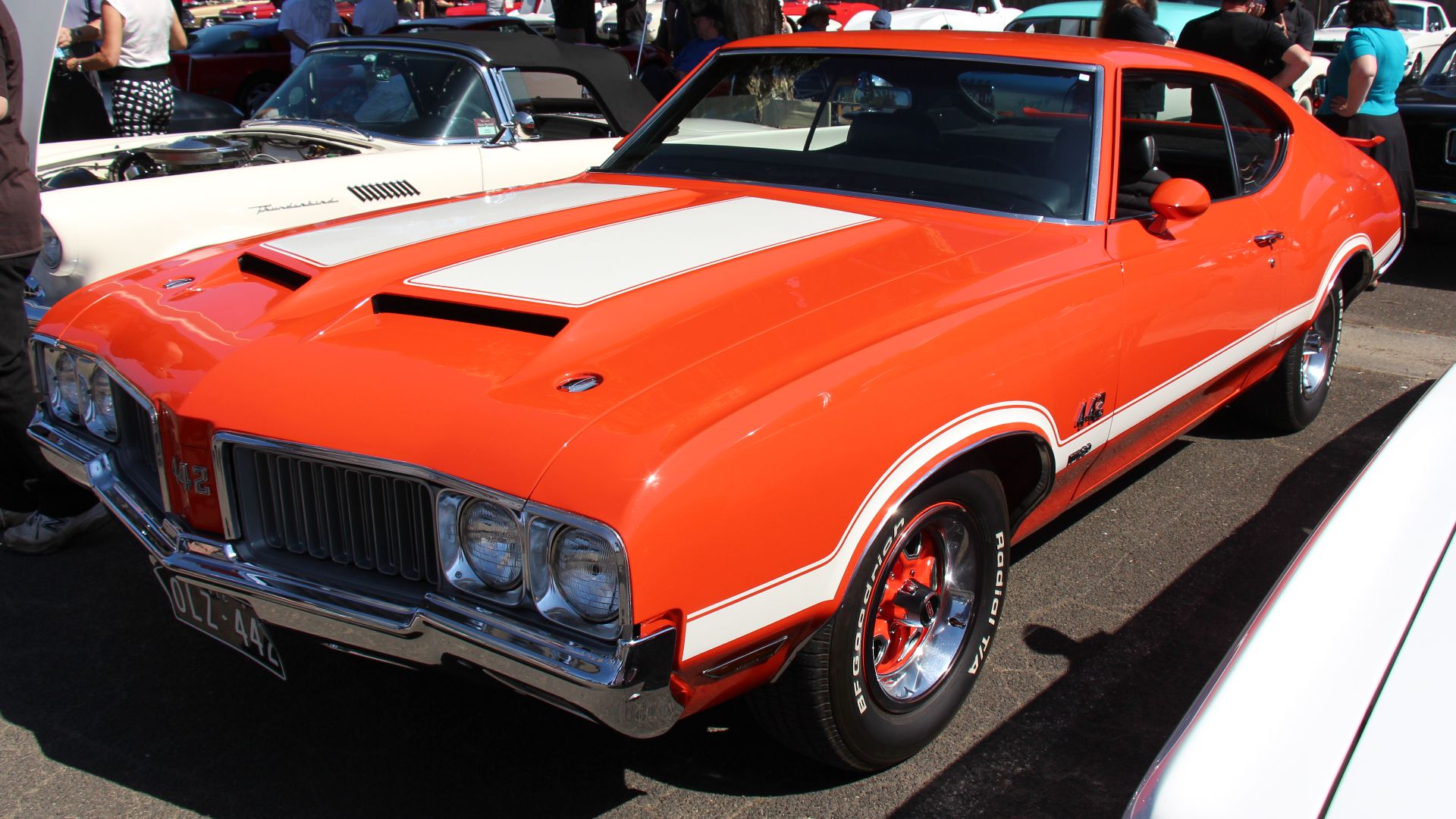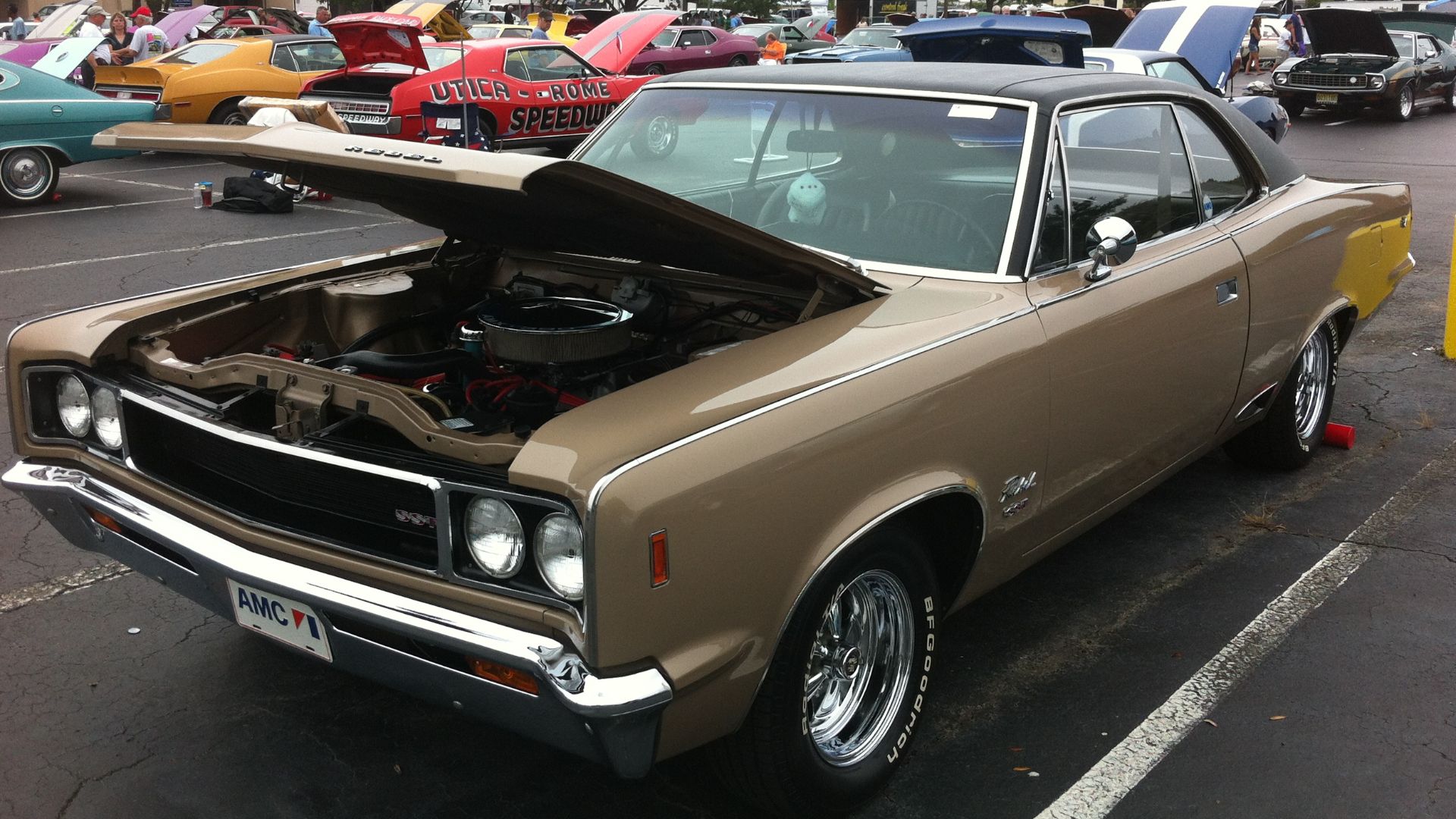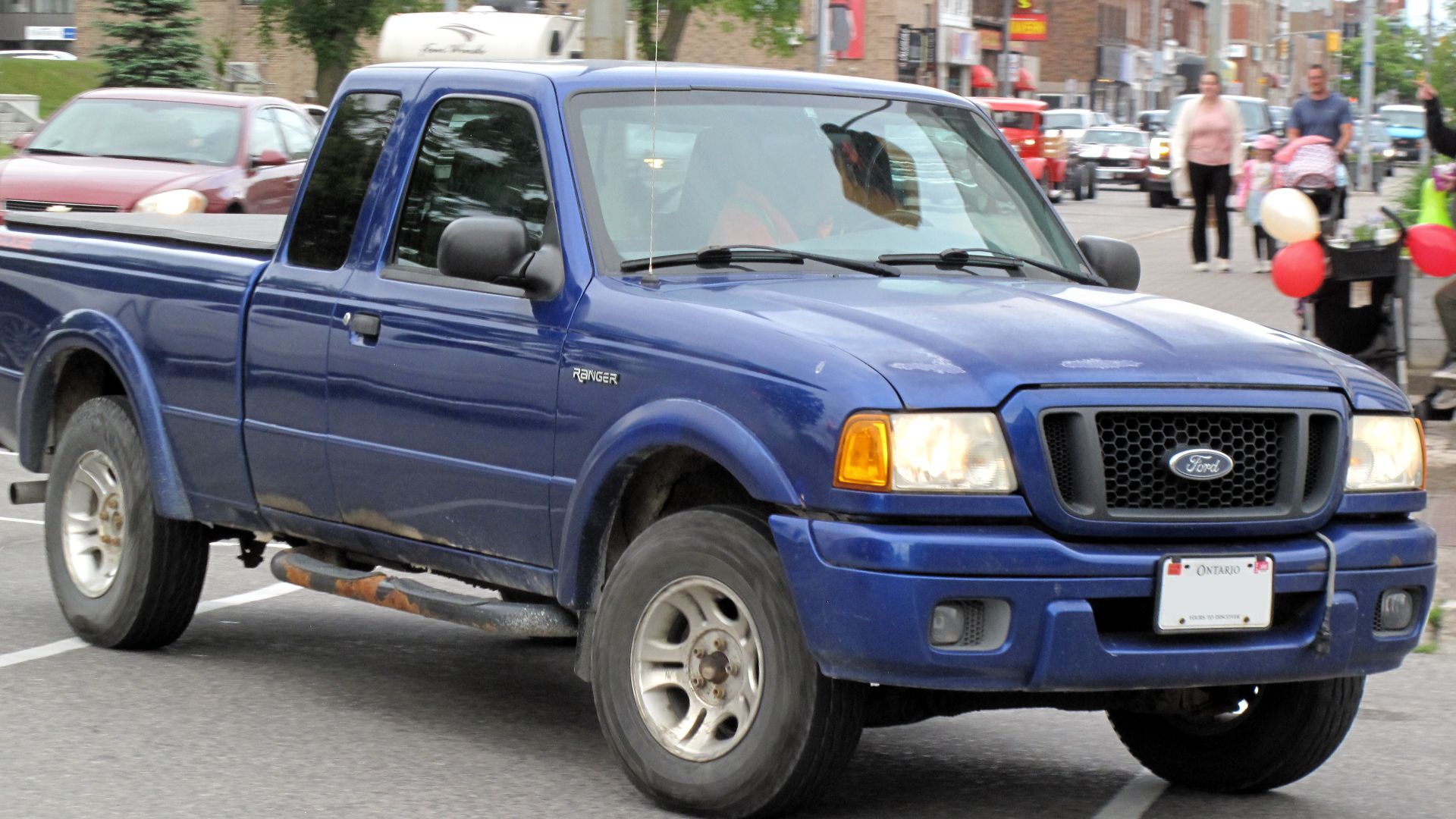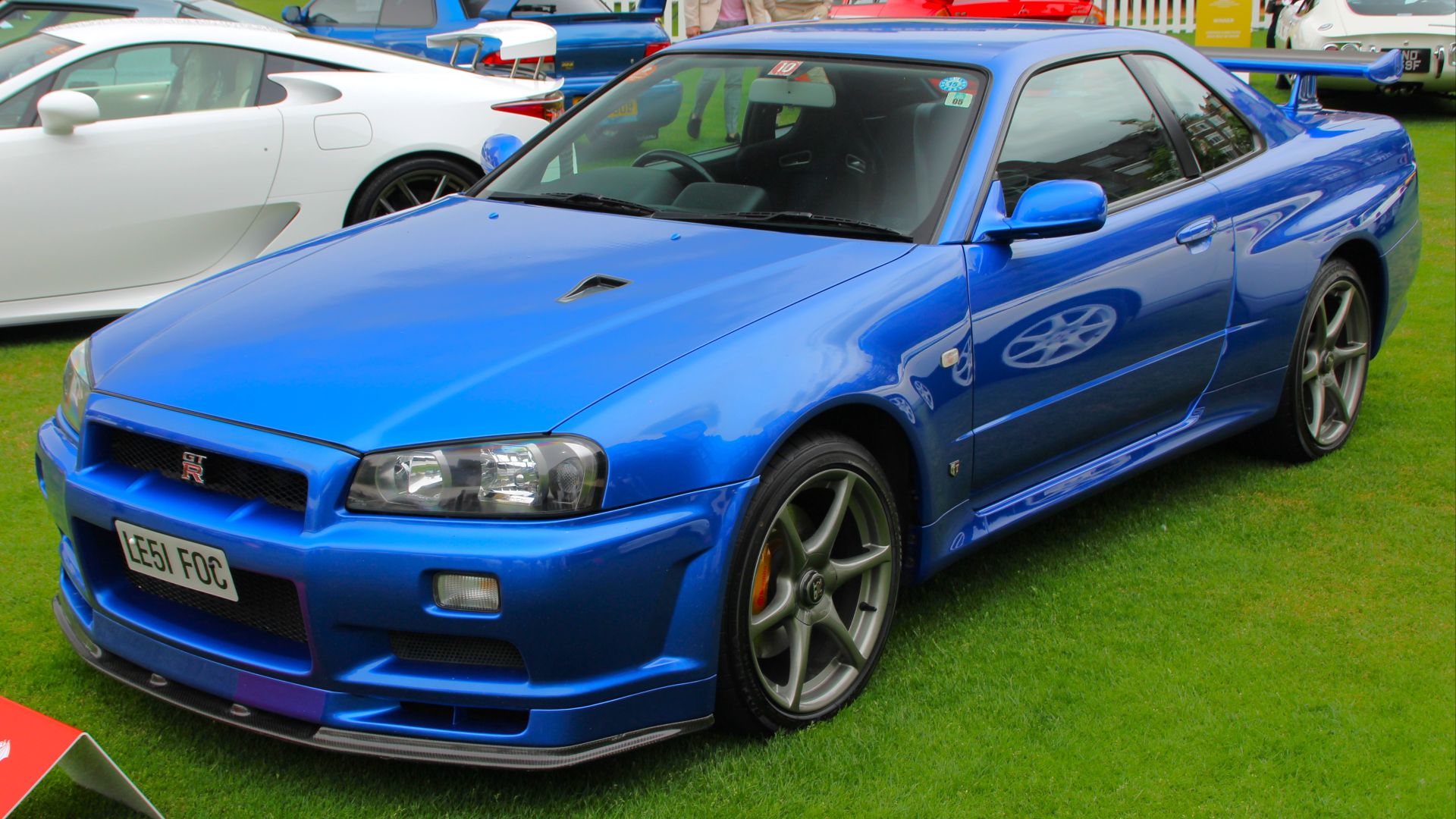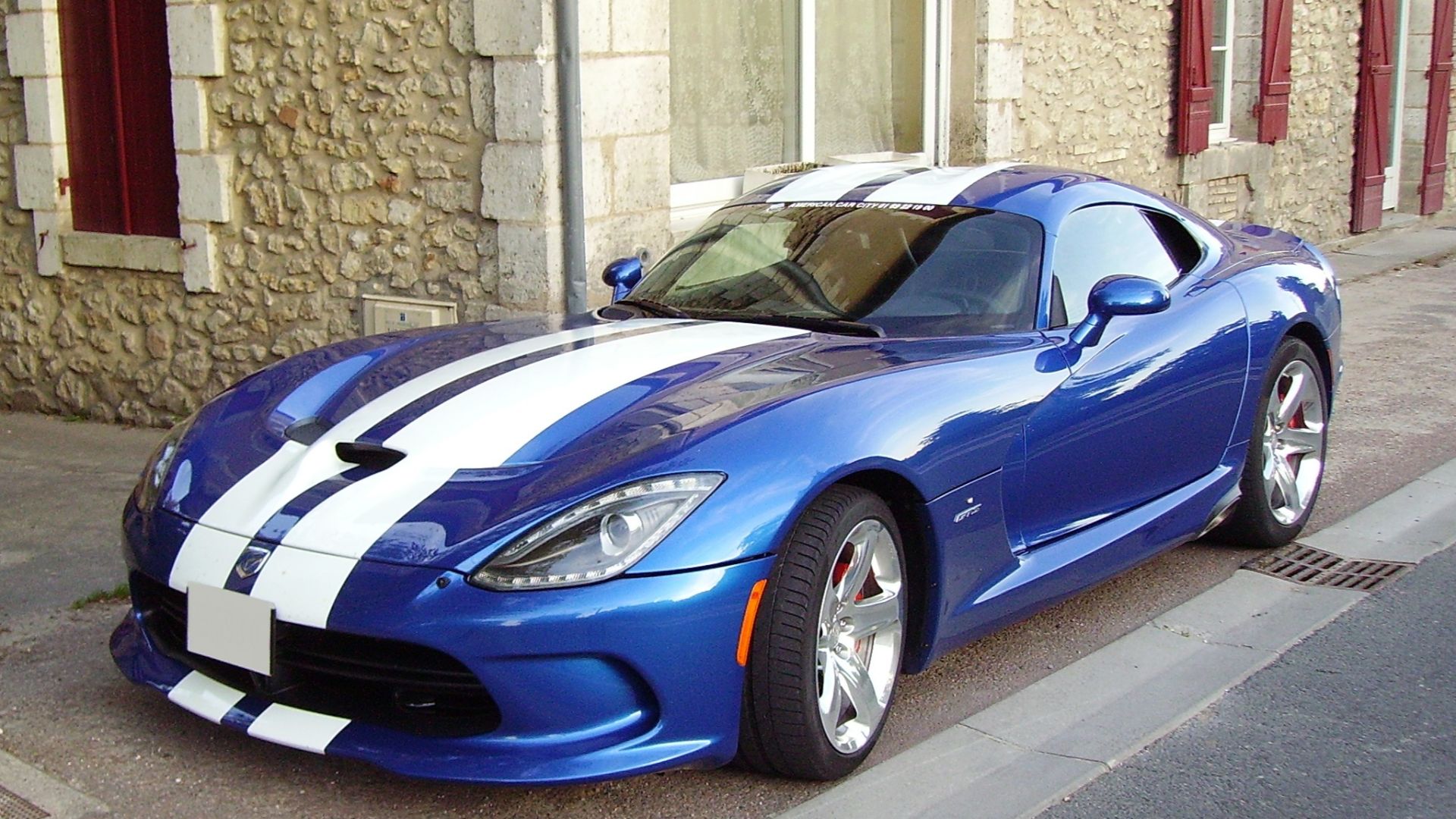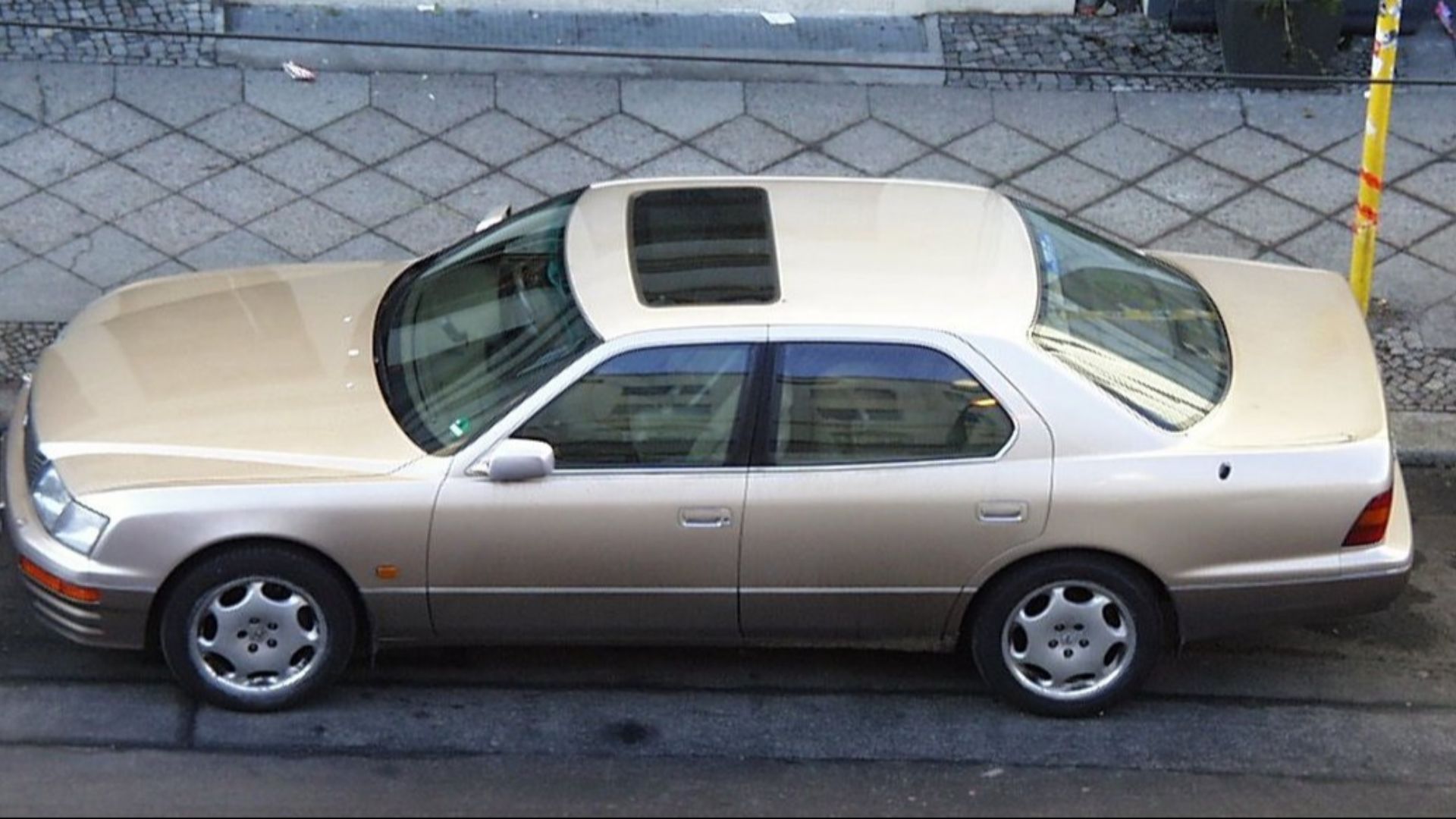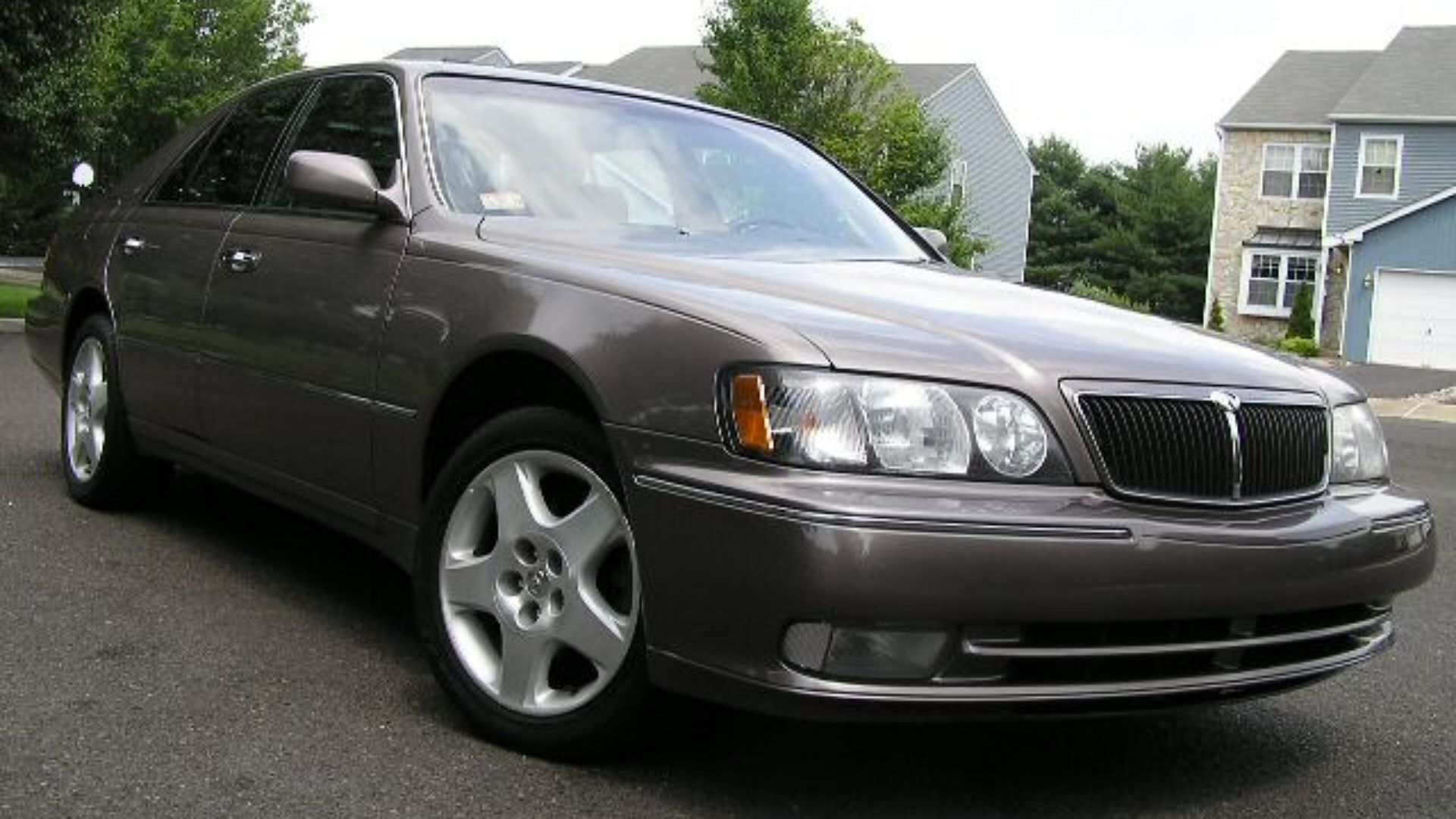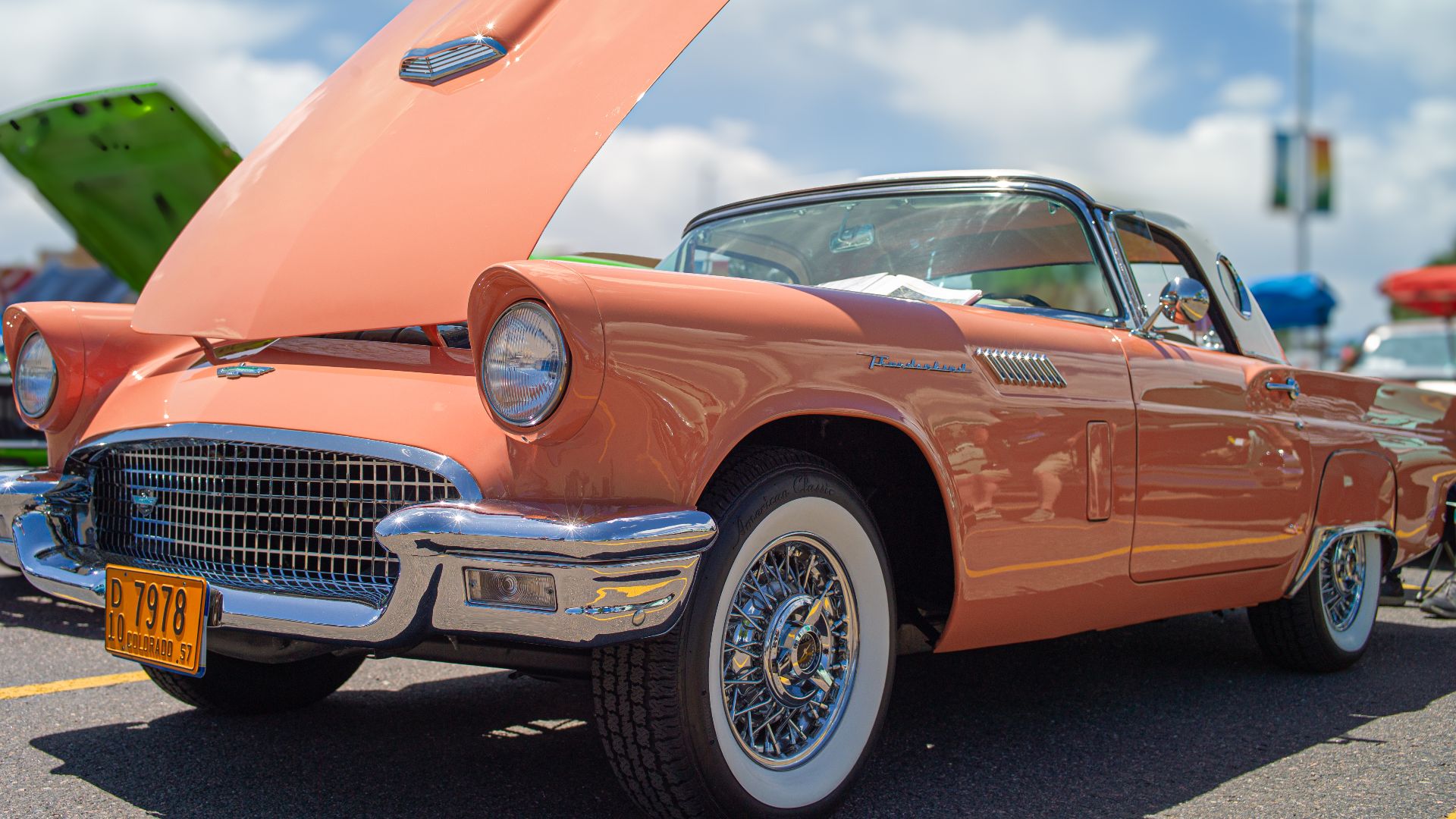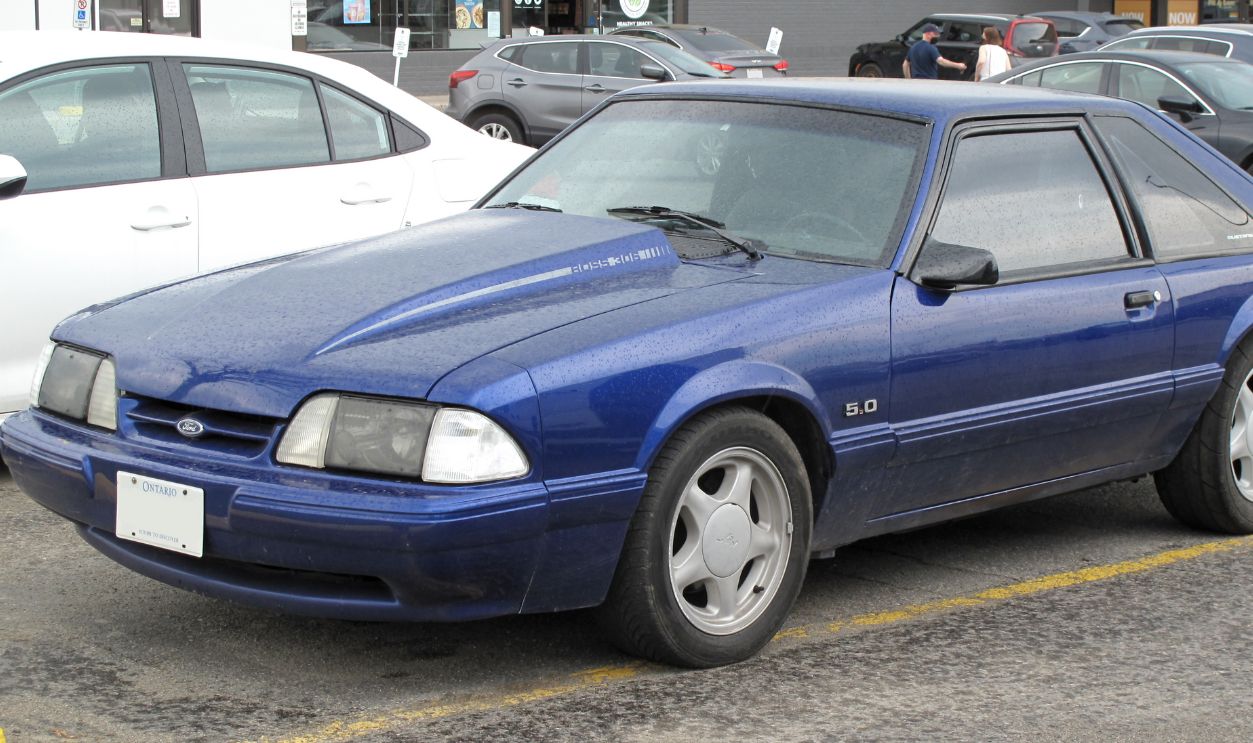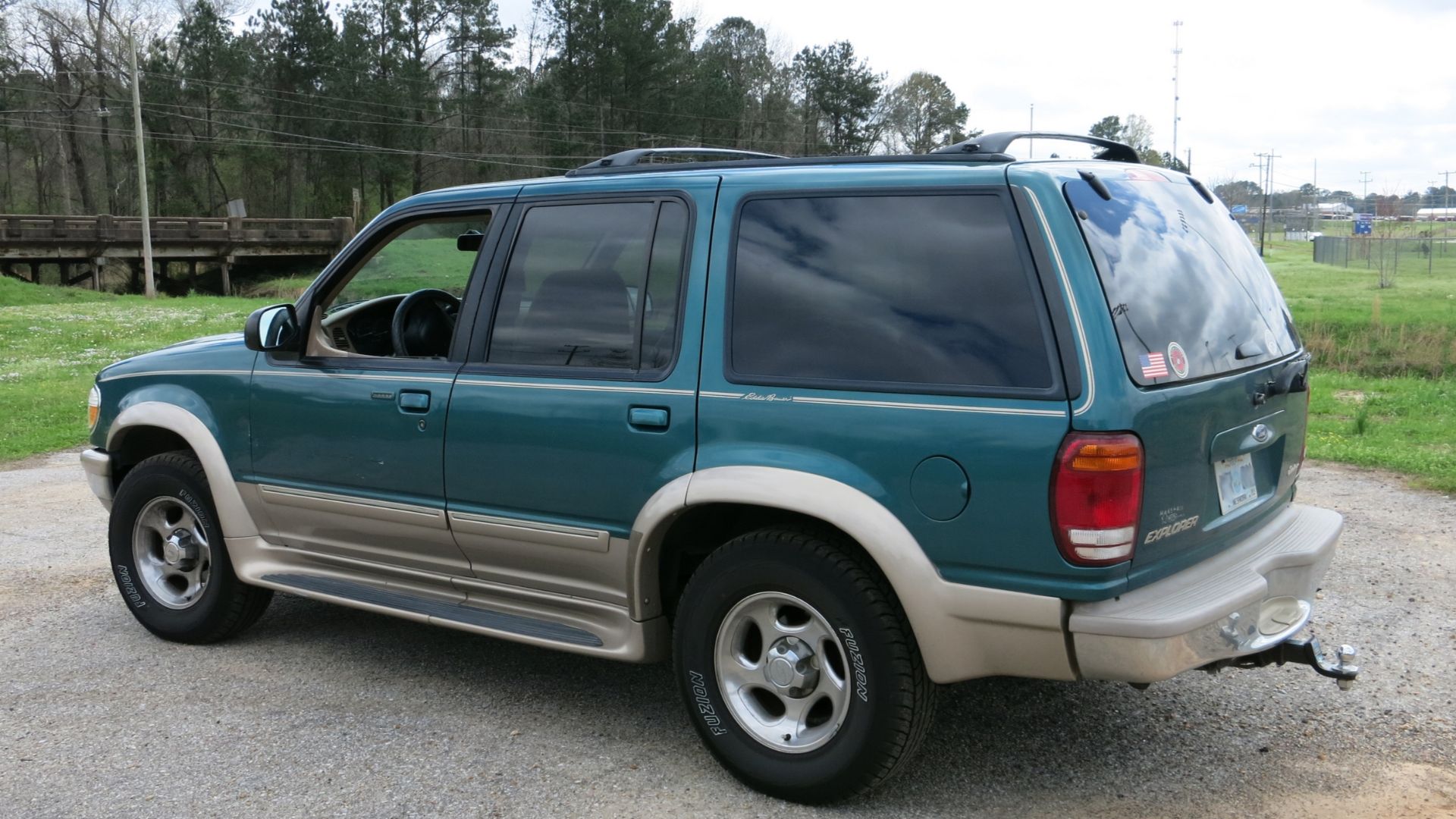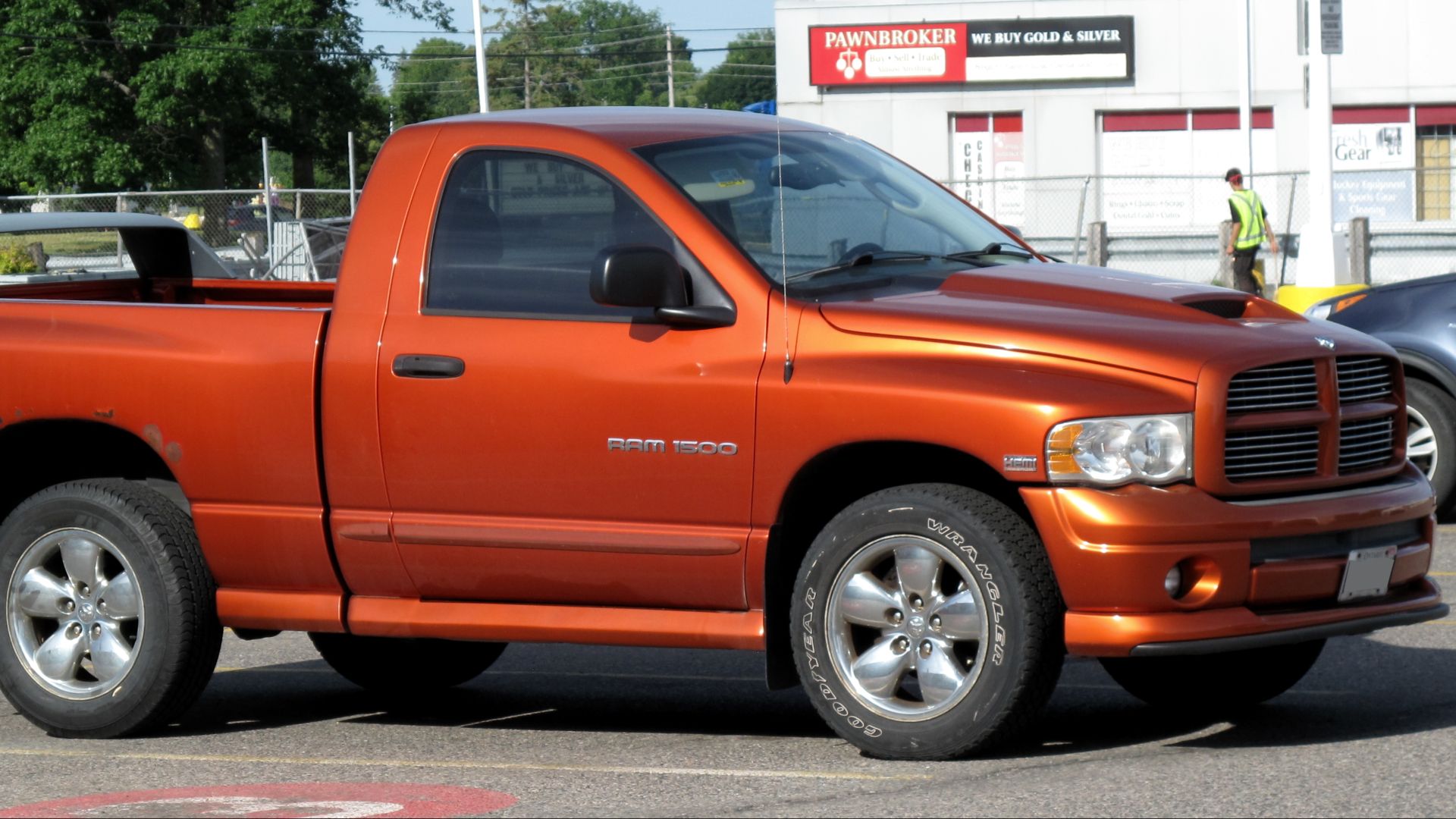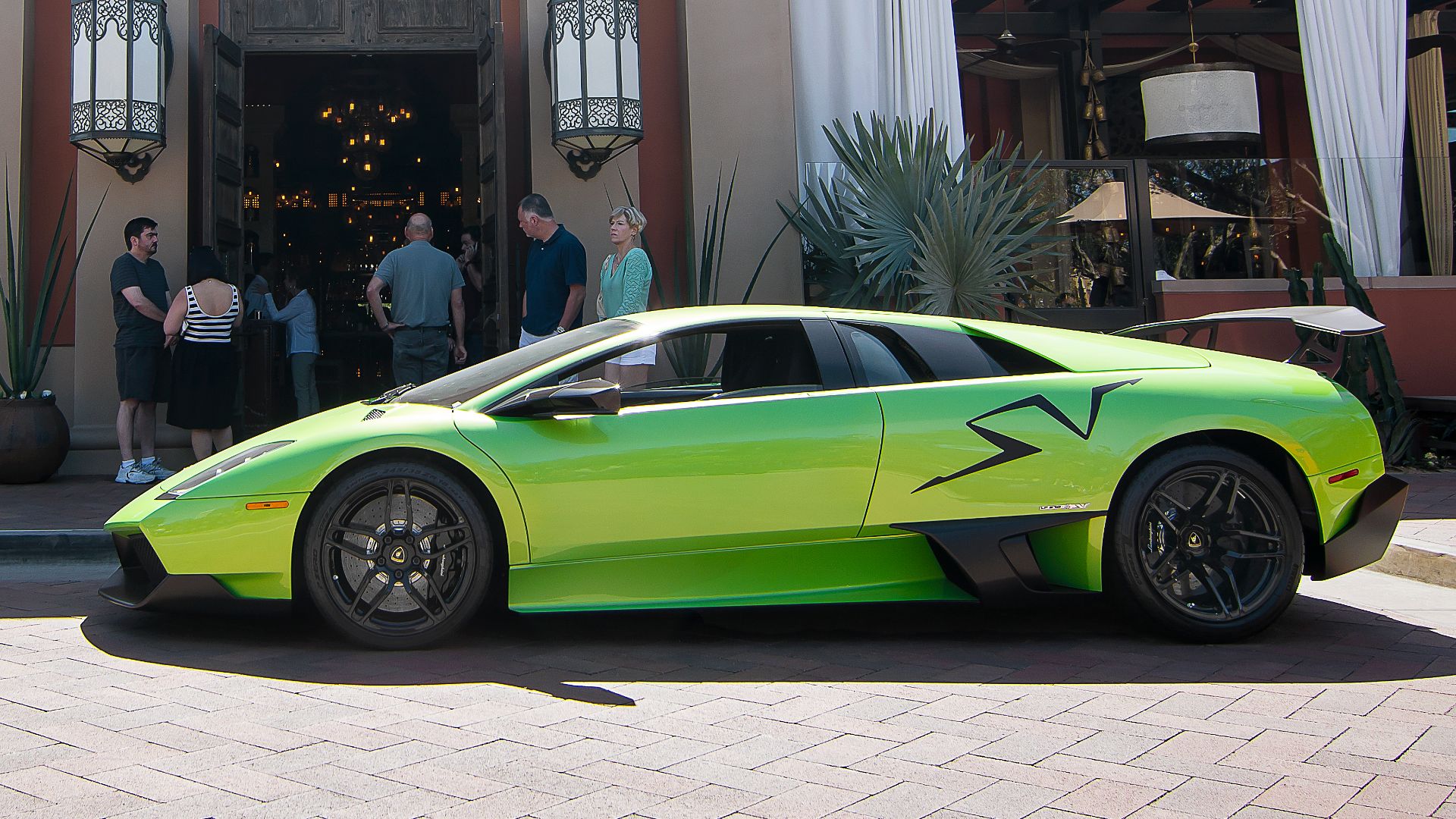Revisiting Factory Colors That Made Cars Stand Out
Color makes cars unforgettable. Automakers produced distinctive paint choices that once energized showrooms, only to quietly fade away.
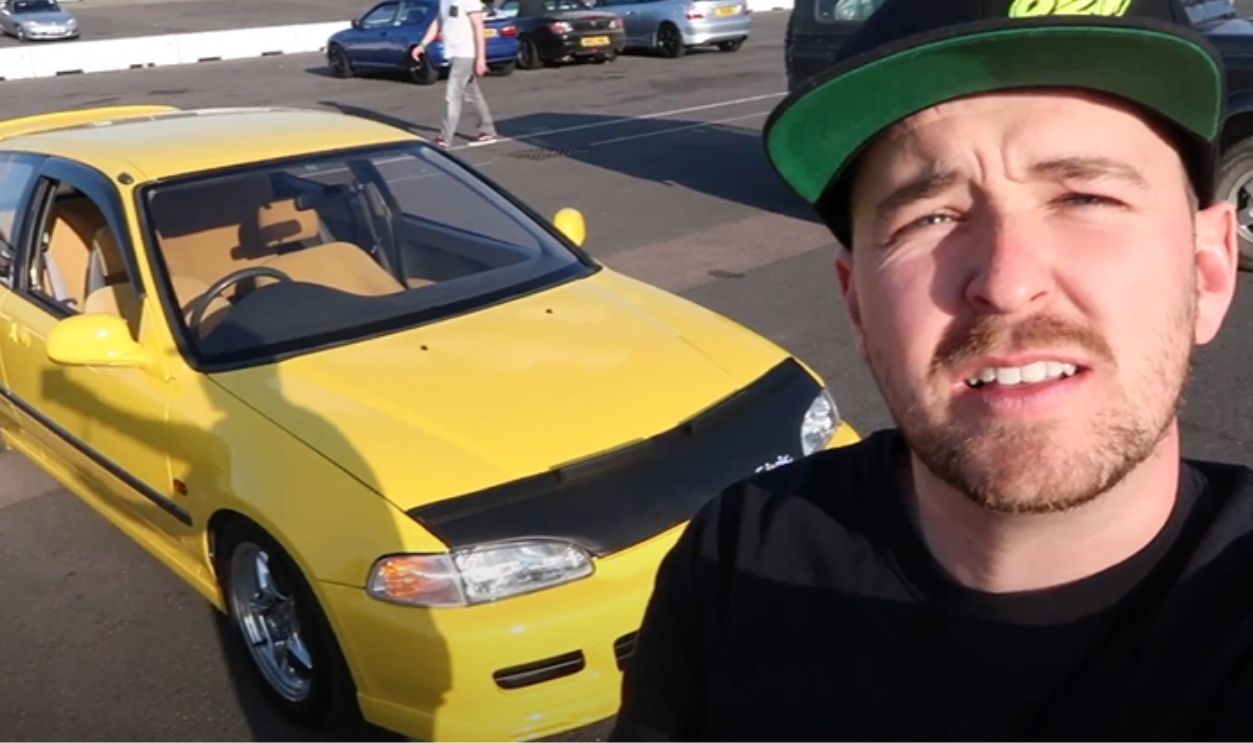
Plum Crazy
The name said it all. Released by Dodge in 1970, Plum Crazy was a high-impact purple that instantly became a classic on Chargers and Challengers. It was part of Chrysler's “High Impact” color lineup, designed to catch the eye in an era of bold design experiments.
Hugger Orange
Chevrolet offered Hugger Orange during the late 1960s and early 1970s, most famously on the Camaro Z/28. The vibrant tone was intended to visually hug the road by accentuating the car's speed-ready silhouette. Its brightness became a visual signature of American muscle in its prime.
Grabber Blue
On the Mustang Mach 1, it stood out instantly. Grabber Blue launched in 1969 as Ford's bid for high-visibility color dominance. Later, comebacks tried to revive the effect, but none recaptured the buzz this vivid shade created during its first roar down American highways.
Panther Pink
One of Dodge's rarest factory colors, Panther Pink, appeared briefly in 1970 and 1971. While it challenged conventional colors, it found a niche audience. The bright pink tone was one of the few offered across both Dodge and Plymouth models. It stood out in a field of muscle-car brashness.
Butternut Yellow
Subtle but stylish, Butternut Yellow was a GM paint color found on late-60s Camaros and Chevelles. While not as loud as its high-impact peers, it carried a warm glow under sunlight. It has since become a quiet favorite among restorers aiming for a factory-correct look.
Sunburst Yellow
Mazda offered Sunburst Yellow in 1997 for the RX-7 FD RS-R and in 2001 for the R Bathurst R, which gave the car a striking identity. The vivid shade contrasted sharply with typical colors of the time and enhanced the rotary-powered RX-7's aerodynamic, performance-focused design.
 Introducing My New MAZDA RX7 FD TYPE R BATHURST R by ZacBaldy
Introducing My New MAZDA RX7 FD TYPE R BATHURST R by ZacBaldy
Championship White
Championship White became a visual standard for Honda's fastest road cars. It honored the brand's Formula One past and appeared first on the NSX Type R, later spreading to the Civic Type R. This shade carried deep meaning as it reflected Honda's long-held racing mindset.
 Thomas doerfer, Wikimedia Commons
Thomas doerfer, Wikimedia Commons
Midnight Purple
Nissan introduced three versions of Midnight Purple for the R33 and R34 Skylines. The paint changed with lighting—sometimes violet, sometimes blue—depending on the viewer's angle. Among factory finishes, it became one of the most collectible ever seen on a Nissan performance model.
 Charles from Port Chester, New York, Wikimedia Commons
Charles from Port Chester, New York, Wikimedia Commons
Carnival Yellow
Carnival Yellow, a rare JDM color in the early 1990s, added a touch of flair to the Civic EG6 SiR. Though easily confused with other yellows, it stood out as a vibrant highlight on a lightweight platform already beloved by tuners and collectors for its performance and potential.
 My Favourite Honda of Mimms. Yellow EG6 SiR2 @Carnival_yellow_Eg6 by 6TWO1
My Favourite Honda of Mimms. Yellow EG6 SiR2 @Carnival_yellow_Eg6 by 6TWO1
Millenium Jade
Only 156 units of the R34 GT-R V-Spec II Nur carried Millennium Jade, a color that gradually became a collector's benchmark. Its green-silver hue brought subtle beauty to a brutish machine. The finish later earned status through rarity and its undeniable visual restraint.
Rubystone Red
Its magenta-like hue shocked Porsche traditionalists when it appeared on the 964 Carrera RS in the early 1990s. Initially divisive, Rubystone Red has since won over fans of air-cooled models. It wasn't typical for the brand, but that's exactly what made it unforgettable.
 Damian B Oh, Wikimedia Commons
Damian B Oh, Wikimedia Commons
British Racing Green
British Racing Green defined Jaguar's early racing success by debuting on C- and D-Type race cars. Later, it shaped the graceful identity of the E-Type. Deep and refined, this color came to symbolize British performance with quiet confidence rather than flashy statements, which earned it a lasting place in motorsport history.
 SsmIntrigue, Wikimedia Commons
SsmIntrigue, Wikimedia Commons
Estoril Blue
BMW fans still name this among the brand's best. Estoril Blue debuted on the E36 M3 in the 1990s, blending richness with metallic depth. It complemented the M3's precise lines and hinted at speed even when the car stood still. Later revivals never quite matched the original's effect.
 Buschtrommler, Wikimedia Commons
Buschtrommler, Wikimedia Commons
Zanzibar Red
In the 2010s, Zanzibar Red gave Range Rover a warm, saturated tone rarely seen in its lineup. Its coppery-red glow shimmered in the sunlight and gave the Autobiography trim an exotic air. Land Rover offered it briefly, but the impression it made was lasting and bold.
Dakar Yellow
Dakar Yellow stood out on standard BMW E36 M3 models by offering a bold contrast to more subdued factory finishes. Though often confused with the Lightweight, which wore Alpine White, this vivid shade defined 1990s M Division flair and remains sought after by collectors and enthusiasts alike.
 Jason Boyce, Wikimedia Commons
Jason Boyce, Wikimedia Commons
Top Banana
Bright and unmistakable, the color stood for Mopar's fearless styling and bold energy. Introduced in 1970 on Super Bee and Scat Pack cars, Top Banana made its point without hesitation. Today, the vivid yellow still turns heads at classic shows across the country.
 Greg Gjerdingen from Willmar, USA, Wikimedia Commons
Greg Gjerdingen from Willmar, USA, Wikimedia Commons
Marina Blue
The color is still used today in carefully restored show cars. Chevrolet once painted models like the Impala and Chevelle SS in Marina Blue, a shade that sparkled under sunlight. Smooth and relaxed in tone, it perfectly mirrored the easygoing coastal vibe that shaped 1960s automotive aesthetics.
 Greg Gjerdingen from Willmar, USA, Wikimedia Commons
Greg Gjerdingen from Willmar, USA, Wikimedia Commons
Ivy Green
Ford's Ivy Green wasn't flashy, but it carried a quiet confidence. Offered on 1960s Mustangs, it looked best when paired with chrome trim and the Pony interior package. This deep forest tone gave the car a sense of heritage by blending elegance with muscle in an understated way.
Copper Canyon
Restorers of period-correct GM cars often seek Copper Canyon today. This brown-orange metallic shade first appeared in the early 1970s on the Oldsmobile 442, where it gave off a deep autumn feel. It proved that not every muscle car relied on bright, neon finishes to stand out.
Laredo Tan
AMC chose Laredo Tan for early Javelin models, which gave the cars a muted, desert-inspired tone that stood apart from flashier choices. While not as vibrant as other factory options, its soft earth hue gave the Javelin a quiet character. Today, restorers seek it for accurate vintage recreations.
Sonic Blue
In 2003, Ford gave the SVT Lightning a flash of personality. Sonic Blue, a one-year-only shade, packed attitude into an already aggressive truck. Its electric tones shimmered in the sunlight. Today, collectors seek it out as one of Ford's most iconic Special Vehicle Team colors.
Montego Blue
Among Miata fans, it's a quiet standout from the early '90s. Montego Blue shimmered in sunlight with a teal hue, giving Mazda's lightweight roadster a breezy, coastal personality. It wasn't loud or flashy, but it charmed its way into the Miata legacy just the same.
 Kieran White, Wikimedia Commons
Kieran White, Wikimedia Commons
Bayside Blue
From magazines to video games, Bayside Blue turned heads before the car even started. The vivid metallic shade became a symbol of Skyline performance, a code-name—TV2—that lived far beyond its model years. More than paint, it marked the moment the R34 GT-R became a legend.
Viper GTS Blue
Paired with white stripes, the deep blue echoed American racing pride. It gave the Viper GTS coupe an identity that was equal parts brute force and backroad theater. Viper GTS Blue arrived in 1996 and instantly stole attention. The stripes told part of the story.
Laguna Seca Blue
Laguna Seca Blue wasn't subtle—and that was the point. BMW introduced it with the 2000 E46 M3, a car that redefined the sports sedan segment. The shade drew stares and raised eyebrows at first. Years later, it remains one of the most beloved colors in M Division history.
 User M3jstock on en.wikipedia, Wikimedia Commons
User M3jstock on en.wikipedia, Wikimedia Commons
Cashmere Beige Metallic
Lexus used Cashmere Beige Metallic on the early LS 400 to express quiet luxury without flash. This soft gold tone shimmered in sunlight—never loud, always refined. Though often mislabeled as Champagne Quartz, the verified factory name was Cashmere Beige Metallic, which reflects the brand's understated ambition.
Opal Frost
Today, this color is a top pick for period-correct restorations. Opal Frost initially appeared silver, but sunlight revealed soft lavender undertones. Lincoln painted early 1990s Town Cars in this elegant shade, which fit their reserved styling. It was made for quiet confidence, not attention-seeking flair.
 1994 Opal Frost GT 5.0 Fresh Paint by tko resto
1994 Opal Frost GT 5.0 Fresh Paint by tko resto
Brown Pearl
Among Infiniti's earliest Q45 models, Brown Pearl delivered a rich, metallic finish that stood out in an era of muted sedans. The color added depth and understated elegance to the performance-luxury flagship. Though short-lived, its refined presence remains admired by fans of 1990s Infiniti styling.
Root Beer Metallic
Cadillac used Root Beer Metallic to suggest European luxury while maintaining its American roots. Inside, soft leather added comfort; outside, bronze-chocolate shimmer did the rest. It gave the Seville STS a little surprise. The shade debuted in 1994 and remained rare throughout the STS line.
 1953 Cadillac Convertible Root Beer Float by siTTinLo
1953 Cadillac Convertible Root Beer Float by siTTinLo
Velvet Green
Audi's Velvet Green danced between near-black and deep green by shifting as the light touched it. A favorite for the A6 Avant, it appealed to those who preferred subtle elegance. Once easy to overlook, this refined shade is now a rare sight on today's packed highways.
 Alexander-93, Wikimedia Commons
Alexander-93, Wikimedia Commons
Coral Sand
Coral Sand turned heads then and continues to do so now. Ford offered it on the 1956 Thunderbird—a shade between peach and pink that dared to be different. It reflected the playful mood of 1950s design and remains a showstopper at classic auctions and concours events today.
Soul Red Crystal
Mazda introduced Soul Red Crystal in 2017 by using advanced three-layer paint technology to highlight curves and enhance depth. First seen on the Mazda6 and later adopted across the lineup, this vibrant red gave the CX-5 Signature trim a premium look that reflected Mazda's design evolution.
 Thomas Rosquin, Wikimedia Commons
Thomas Rosquin, Wikimedia Commons
Wild Strawberry Clearcoat
With its red-purple hue, Wild Strawberry Clearcoat gave the second-gen Ford Probe GT a mature presence that softened its futuristic styling. The color wasn't flashy or fast, and it added subdued elegance to the car's 1990s image, earning cult status among loyal Probe enthusiasts.
 Thomas doerfer, Wikimedia Commons
Thomas doerfer, Wikimedia Commons
Reef Blue
Reef Blue stood out on the Fox-body Mustang LX 5.0 in the early 1990s. With its cool, teal-blue tone, it offered an alternative to red or black without sacrificing presence. This color has since become a favorite for both factory-correct restorations and enthusiast builds.
Taffeta White
It holds sentimental value for those who remember their first car, often framed by this clean, straightforward shade. Honda's Taffeta White became a staple across Civics and Integras. Though never rare, it stood for dependability and familiarity rather than flash, which made it timeless.
 Ethan Llamas, Wikimedia Commons
Ethan Llamas, Wikimedia Commons
Blu Pozzi
Blu Pozzi found favor among Ferrari buyers wanting boldness without the intensity of red. Appearing on models like the 456 GT, it brought quiet drama to the lineup. Its navy shade added depth and restraint, which projected a formal, regal air that felt effortlessly confident.
 Mr.choppers, Wikimedia Commons
Mr.choppers, Wikimedia Commons
Papaya Orange
The vivid, high-visibility orange still appears on today's track-focused McLarens via the MSO division. Papaya Orange first appeared on late 1960s race cars and returned on the McLaren F1 GTR Longtail. It became more than a paint color, evolving into a symbol that helped shape McLaren's identity from the start.
 giblet/gilbrit, Wikimedia Commons
giblet/gilbrit, Wikimedia Commons
Pacific Green Clearcoat
Ford's Pacific Green Clearcoat gave the 1998 Explorer Eddie Bauer Edition a subtle but upscale twist. The deep forest green changed character as it shifted in the light. Combined with tan lower cladding, it created a two-tone look that remains one of the more memorable Explorer color combos.
Steel Blue Metallic
Though often overlooked, Steel Blue Metallic gave the 2002 Chrysler 300M a premium edge in its segment. The color shifted with the light to show off the car's sculpted design. Its silvery-blue hue also added a sense of refined coolness to the 300 M's athletic character.
 SsmIntrigue, Wikimedia Commons
SsmIntrigue, Wikimedia Commons
Go Mango
Go Mango was exclusive to the 2005 Dodge Ram Daytona Edition, a short-lived trim that featured bold graphics and a tall spoiler. The vivid orange hue gave the truck an instant visual punch, helping it stand out in dealerships and leave a lasting impression on Dodge enthusiasts.
Lava Orange
Deeper and richer than Speed Yellow, Lava Orange photographed beautifully and lit up the track paddocks. Porsche introduced it on the 911 GT3 RS (991.1) by giving the model a color that balanced intensity with poise. Lava Orange gained loyal fans from devoted weekend racers.
 Robert McElwee, Wikimedia Commons
Robert McElwee, Wikimedia Commons
Verde Ithaca
Verde Ithaca debuted on the Lamborghini Murcielago LP 640 as a pearl-effect lime green paint. It featured high-visibility metallic flakes that responded to direct sunlight. The color later joined Lamborghini's Ad Personam catalog and remains available across current models through the factory customization program.
Rio Yellow Pearl
Introduced in 2008, the Rio Yellow Pearl gave the Honda S2000 Club Racer a bold, unmistakable identity. Its intense brightness suited the lightweight roadster's sharp dynamics. Though limited in availability, it quickly became one of the most collectible and visually distinctive CR paint options ever released.
 My New Honda S2000 - Rio Yellow Pearl by Glenns Car Collection
My New Honda S2000 - Rio Yellow Pearl by Glenns Car Collection
Imola Orange Pearl
Imola Orange Pearl was available on 2002–2005 Acura NSX models, complementing the car's low, wedge-shaped design with its vibrant tone. Although often associated with special editions, it was not used on the 1999 Zanardi Edition, which came only in New Formula Red.
 BrokenSphere, Wikimedia Commons
BrokenSphere, Wikimedia Commons


